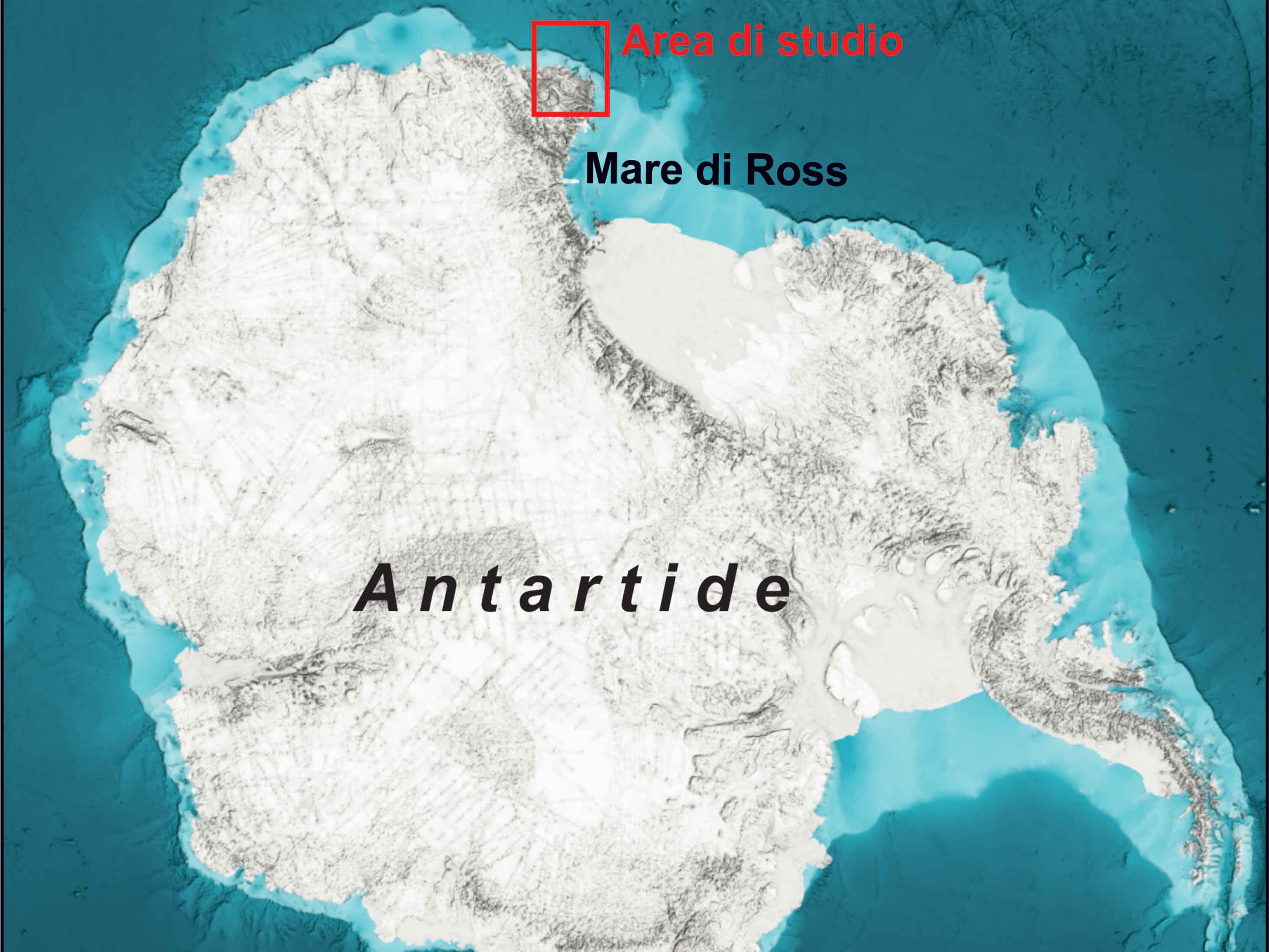
The PNRA-BOOST project reveals the presence of volcanoes, glacial valleys and drifting continents on the antarctic ocean floor
A recent study published in Scientific Reports (Nature Portfolio) has revealed significant geological discoveries off the coast of Victoria Land in Antarctica. The research is the result of the international PNRA-BOOST project (Bridging Onshore-Offshore STructures at the Pacific Coast of North Victoria Land, Antarctica), conducted between 2023 and 2024 on board the R/V Laura Bassi.
The project was led by the University of Genoa, the OGS and the BGR (Federal Institute for Geosciences and Natural Resources, based in Hannover), and it uncovered a series of previously unknown geological features: three active underwater volcanic chains, two deep submerged glacial valleys, and a continental crust block approximately 25 kilometers long.
According to lead researchers Laura Crispini (University of Genoa) and Dario Civile (OGS), the volcanic chains extend over 50 kilometres and likely originated within the past 5 million years due to magma upwelling. These formations represent the underwater continuation of the Cenozoic magmatism that has already been assessed on land. This finding indicates a direct correlation between onshore and offshore geological structures.
The two deep submerged glacial valleys are a clear evidence of the erosive activity of ancient Antarctic glaciers that no longer exist today. In contrast, the continental crust block is a geological "relic" dating back to the separation of Antarctica and Australia, which occurred around 32–35 million years ago when Victoria Land was still connected to Tasmania. This geodynamic event played a key role in the formation of the Antarctic Circumpolar Current, which led to the thermal isolation of the continent, resulting in its gradual cooling and the development of the ice sheet.
As stated by Crispini and Civile, "these novel geophysical discoveries significantly enhance our understanding of geodynamic models for the evolution of the Antarctic margin, as well as the geological development of the region."
The BOOST project thus offers new perspectives for understanding the geology and tectonic history of Antarctica, with significant implications for the study of climate change and plate tectonics.
